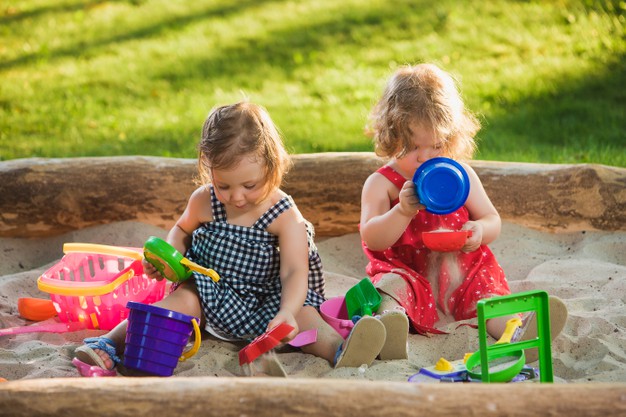New Devices Utilized by More Daycares & Preschools Across the Nation
Choking is the fourth leading cause of unintentional death in children under the age of five. The risk is elevated for younger children for somewhat obvious reasons, but let’s discuss them anyway. Food is one of the main hazards of choking in children, as many do not chew their food well enough to swallow. Foods that are the most dangerous are round and hard like nuts and seeds, whole grapes, hard candy, marshmallows, chewing gum. Other childhood favorite foods such as hot dogs, popcorn, chunks of peanut butter round out the list of potentially dangerous foods.
According to the Center for Disease Control and Prevention (CDC), even the way food is prepared can increase the risk of potential choking in children. Foods that are served uncooked or whole can be a choking hazard. The other threat of choking is toys. Balloons, toys with small parts or accessories, batteries, marbles, etc. top the list of toys to keep away from children without adult supervision.
Parents, for the most part, are super-vigilant to what environments their children play in and what foods they eat. They watch over them carefully, to the point of being accused of helicopter parenting, and most parents have taken first aid courses to help in the event of a choking situation. But what happens when parents are not around? How can parents ensure their children are safe with the babysitter, or when they drop them off at daycare or preschool? This can be a nerve-wracking situation if the proper measures are not in place. When parents interview childcare providers or schools, the topic of emergency preparedness – especially choking – needs to be discussed upfront before anything else. Parents should be aggressive in having emergency preparedness plans demonstrated to them before leaving a child. Asking questions and having a direct conversation about emergency preparedness is an expected part of parenting.
When interviewing candidates for babysitting or childcare facilities, here are a few tips from leading professionals. First, all daycare and preschool facilities must have documentation that each employee holds a first-aid certification. If they do not, or cannot, provide this documentation, move on to the next candidate. If they do have credentials, quiz them with basic questions. Ask them to list typical household choking hazards, including foods. Ask them to identify the symptoms of a child who is choking. Ask them to list CPR protocols (if they can demonstrate on a CPR certified mannequin, even better). Finally, ask them if they’ve ever experienced a child choking and how they handled the situation.
Next, ask them about how mealtimes and snack sessions are handled. Where do the children eat? Do they eat at tables or outside in a picnic area? Take a good look at the play area and see what kind of toys are accessible to the children. The bottom line is, do not be afraid or embarrassed to ask lots of questions. After all, this is about the safety of your child’s life.
Lastly, and this is particularly important at childcare facilities, ask if they have any anti-choking devices in their facility. Many devices are engineered to save lives through a simple-to-use, non-invasive, and non-powered device and are lightweight and easy to store. One of the latest and most effective devices on the market today is the DeChoker.
Even though many childcare workers are trained in CPR and first-aid techniques such as abdominal thrusts, it is a good idea for them to have access to an anti-choking device. If they don’t, you might want to suggest to them to look into it. Devices like the DeChoker are incredibly affordable and can be the difference between life and death.
Anti-choking devices should be used as a complement to traditional choking treatments, rather than an alternative. To help a choking child, a caregiver simply needs to apply the facemask over the child’s mouth and nose and pull back on a plunger. This action creates powerful suction to remove the food or object, often clearing the airway within seconds.
Just as defibrillators are commonly accessible in many restaurants, airports, and public spaces, anti-choking devices should be available everywhere — particularly in places like daycare facilities filled with kids, who are at a higher risk of choking than adults and especially in a post-COVID-19 world.
The main takeaway is to ask questions about how much a childcare facility or new babysitter knows about choking. Ask them if they have access to an anti-choking device, and if not, invite them to learn more. Anti-choking devices like the DeChoker are cost-effective enough that you may want to go ahead and to purchase a toddler- or child-sized device for them to have on hand. Remember, this is a meaningful conversation to have, so take your time and make sure you leave every conversation about the safety of your child feeling confident.

